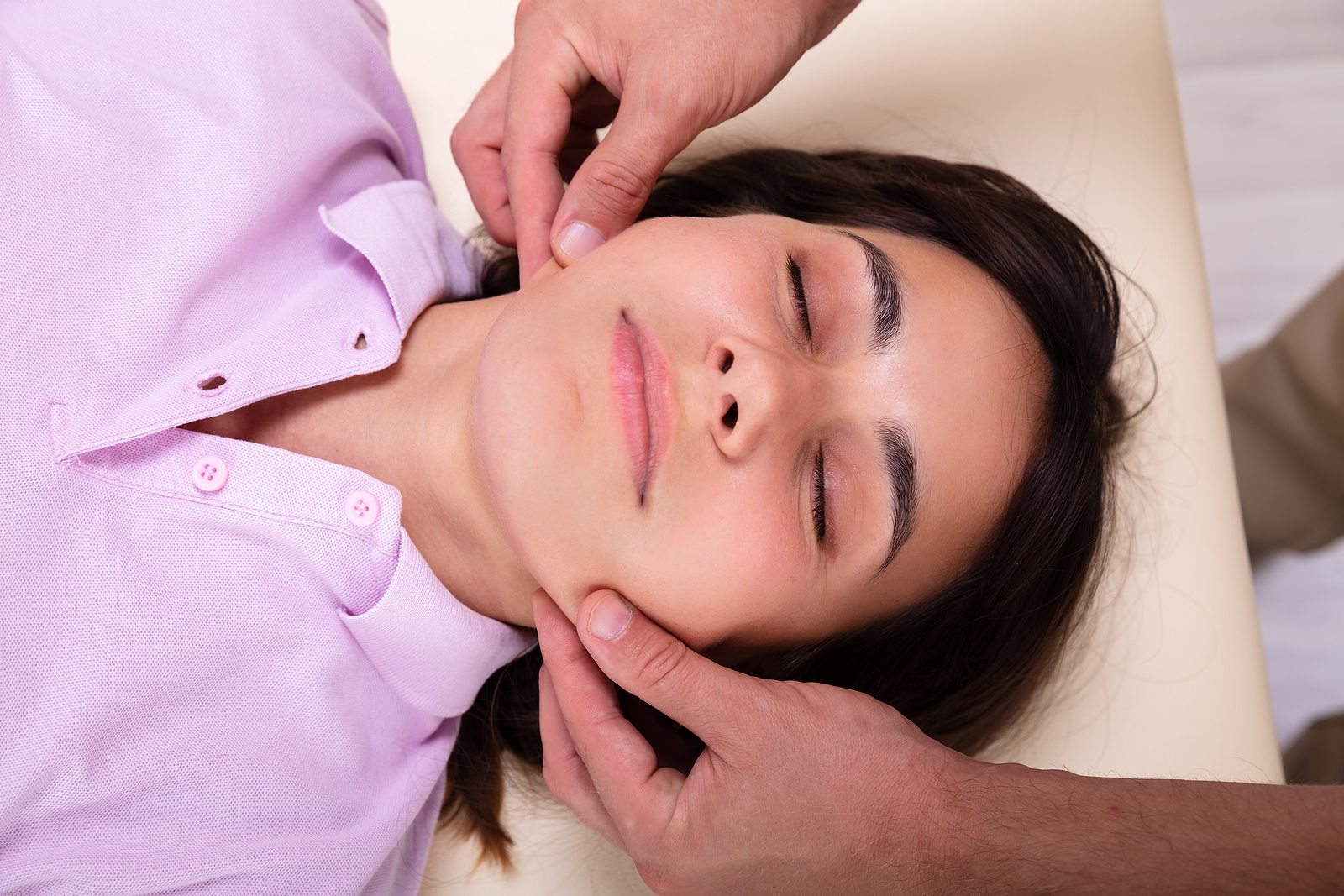
In our last three newsletters this month, weâve shown you how prevalent temporomandibular disorders (TMDs) are in the general population, offered several suggestions to help you reduce your risk of experiencing these issues, and provided our top tips for at-home remedies for alleviating your symptoms independently. While these remedies are beneficial for many patients, they can only go so far, and may fail to completely eradicate symptoms in some cases.
Â
For persistent or severe TMD symptoms, a more systematic intervention will likely be needed. Numerous treatment options are available for TMDs that range widely in terms of cost and intensity, but there is a general principle that should be applied when deciding how to proceed: less is often best. This means avoiding expensive and irreversible interventions that are not often necessary and instead choosing minimally invasive, safe, low-risk treatment options that have been proven to work.
Â
Physical therapy is a conservative (non-surgical) intervention that fits these criteria to a T. When treating patients with TMDs, physical therapists employ a variety of movement-based strategies that are designed to reduce pain levels, restore normal jaw movement, and lessen stress on the jaw. The techniques utilized are gentle and involve a combination of patientsâ own movements and the therapist moving specific structures in a particular manner to increase range of motion. Physical therapy is also supported by evidence, as research has shown that it can produce improvements in both primary TMD symptoms and the headaches that often occur simultaneously.
Â
Each physical therapy treatment program for a TMD will vary depending on the severity of symptoms and the findings of the initial evaluation, but some of the most commonly-used interventions that are likely to be employed include the following:
-
Posture education: there are several postures that can contribute to or worsen a TMD, such as sitting with your head positioned too far forward, which stresses the muscles of the TMJ; therefore, if posture is identified as a possible cause, your therapist will teach you to become more aware of your posture and try changing the position of your jaw, head, neck, breastbone, and shoulder blades when you’re sitting and walking
-
Manual therapy: another common intervention is manual therapy, in which various hands-on techniques are applied to increase movement and relieve pain in tissues and joints; your therapist may use manual therapy such as massage or soft-tissue mobilization to stretch the jaw to restore normal flexibility or break up scar tissues that may have developed
-
Stretching and strengthening exercises: your therapist will also teach you to perform a specific set of exercises that wonât exert a lot of pressure on your TMJ, but can strengthen the muscles of the jaw and restore a more natural, pain-free motion
-
Pain-relieving modalities: for severe pain, your physical therapist may administer additional interventions to alleviate it, such as electrical stimulation or ultrasoundÂ
Â
If your therapist suspects that your TMD is caused by teeth alignment problems, jaw clenching, or teeth grinding, he or she may refer you to a dentist who specializes in TMDs for additional care. Dentists can correct these issues with devices like bite guards, which create a natural resting position that will relax the TMJ, relieve pain, and improve jaw function. Surprisingly, it appears that many dentists are unaware that physical therapy is a safe and effective option for TMDs, as a survey-based study found that only 41% of dentists knew that physical therapists were capable of treating these patients. However, participating in the study led to 81% of the dentists involved being more likely to refer their TMD patients to a physical therapist, and 80% wanted to learn more about collaborating with physical therapists in their practice.
Â
We hope that after reading these newsletters, you have also become more likely to consult a physical therapist if you encounter a TMD thatâs interfering with your enjoyment of life. Physical therapy is an extremely safe, relatively inexpensive intervention that can lead to significant improvements when patients commit to treatment, and we invite you to see what it can do for you.
Â
